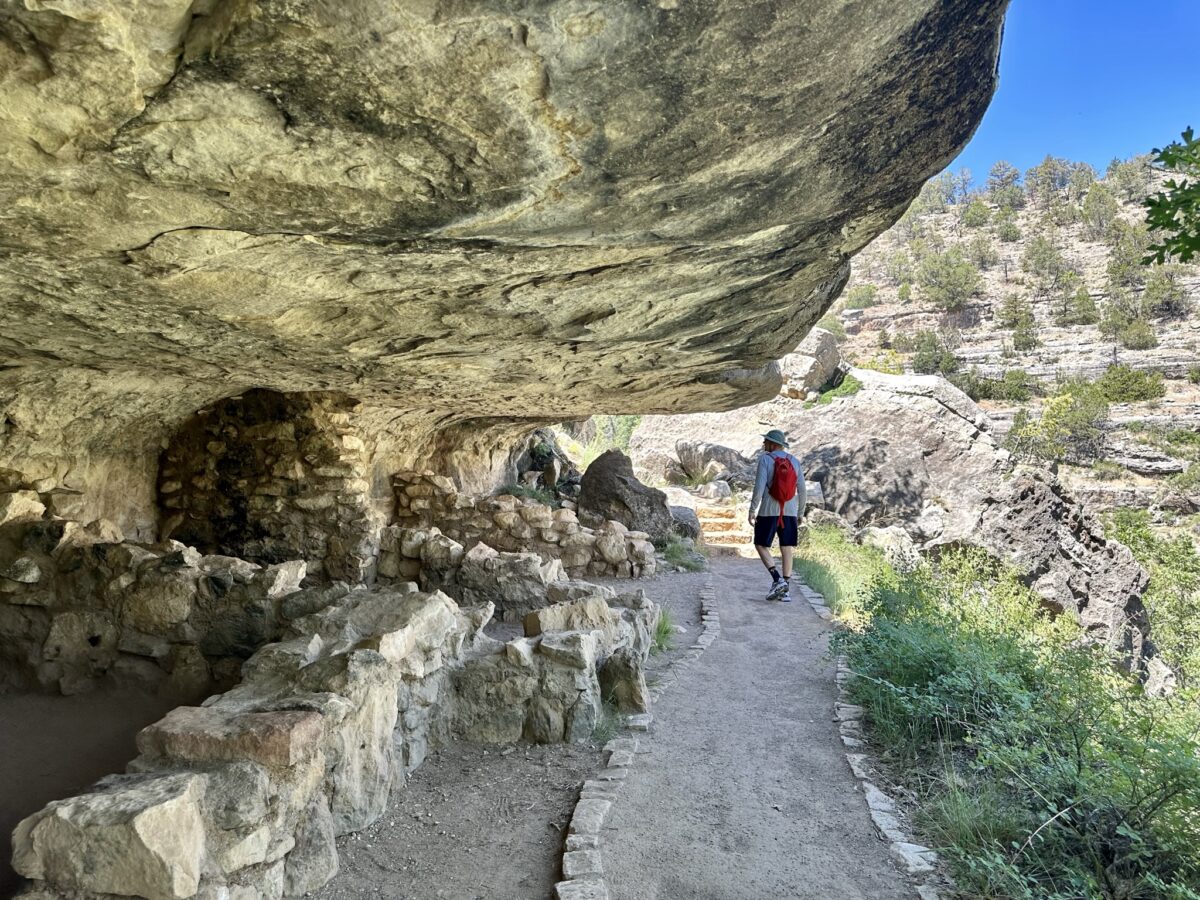Pine Canyon Golf Club in Flagstaff, Arizona, has announced the completion of a $6.4 million renovation with a longer, improved layout and sustainable irrigation technology.
The private course, originally designed by Jay Morrish and opened in 1994, bills itself as a “19-hole championship golf course.” The 18 holes play 7,265 from the tips while the 19th hole, aptly named “Double or Nothin'”, is a 100-yard shot to an island green. It’s perfectly situated from the men’s lockerroom patio as well as the clubhouse dining veranda. It’s popular among the membership for social events, tournaments and closest-to-the-pin competitions.
The renovation’s aim was better visuals and playability while adding about 100 years while also being more sustainable with new technology in the irrigation system with 30 percent enhanced water efficiency and reduced sprinkler count.
To go along with the renovation is the announcement that 12 high-end homes are now up for sale in the high country. Owned and developed by Symmetry Companies, based in Scottsdale, the sales launch is for the final new homes at Pine Canyon called Ghost Tree.
Billed as “an exclusive enclave of 12 ultra-luxe homes,” prices will start at $3 million, setting market record of more than $1,000 per square foot. It’s the first time new homes have been up for sale at Pine Canyon since 2021, when all 26 homesites at Pine Run sold out in one day. The Ghost Tree name comes from the iconic gnarled, weathered, decades-old Ponderosa Pine with an Osprey nest atop.

The golf community encompasses close to 600 acres.
The $6.4 million golf course renovation represents the largest investment in the course’s history. Michael Kuhn & Associates did the renovation.
In addition to the golf course, Pine Canyon has a full-service spa, fitness facilities and numerous outdoor recreational activities such as a soccer pitch, a flag football field and a whiffleball diamond.
Check out some images of the golf course renovation and home renderings.





